Artist and author
Although she is a painter, Stéphanie Auger leaves to others the questions of representation and image. Key to her concerns, rather, are painting colour planes that structure space and paint as a material that almost magically brings together various components with infinite chromatic possibilities. She likes to make her own pigments, gouaches, and watercolours for aesthetic, ecological, and even philosophical reasons. What she appreciates, among other things, are the short lists of ingredients used in her preparations, the limitations of their adhesion to the support, and their belonging to a long history of fabrication of colours.
The residency at Est-Nord-Est offered Auger a perfect opportunity to return to her research on making paints, as the process is time-consuming and requires an adapted space. She therefore arrived with all her equipment: glass muller, jars of gum arabic and honey, and a collection of rocks, powders, and dried plants. To the sweet gale gathered in Saguenay were added an iron-oxide pebble picked from the shore at Saint-Jean-Port-Joli and a pretty yellow pigment from Pierre Bourgault’s personal cupboard. For days, she tested her formulas, noted grinding times, produced colour charts, and made some sketches. On the large sheets of Japanese paper that she favours, she applied the colours – greens, blues, ochres, and rusts – in textures that varied depending on how they were applied and the amount of residue in the mixtures.
In contrast to her recent work, she installed the sheets of paper in the space more modestly. She chose to explore medium- and small-size formats and hanging strategies that hugged the walls. At the end of her two-month residency, her studio contained, around her work area, her paper cut-outs in rounded shapes, sometimes superimposed, glued, attached by eyelets, or hung by strings: a snapshot of her research borne by fascination with matter and its expressive qualities.
Discover
Newsletter
Keep up to date with the latest news!
